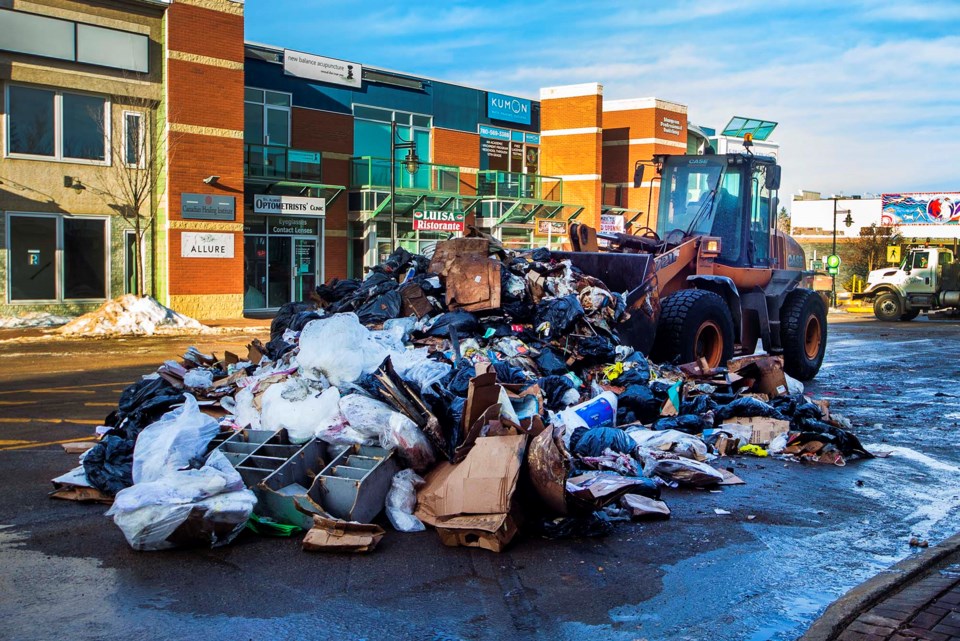Representatives of Varme, a Norwegian company that builds waste-to-energy plants, visited the St. Albert and District Chamber of Commerce business lunch last week.
They came to tell the crowd gathered at the St. Albert Kinsmen Club that Varme wants St. Albert’s garbage. And they’d like to use that garbage to, potentially, cut emissions from Alberta’s oil and gas and heavy industry sectors.
Varme has plans for two Alberta plants that generate power by burning trash: one in the Edmonton region and another in Innisfail. The plants would use carbon capture technology to cut emissions from burning waste.
Earlier this year, the City of Edmonton signed an agreement to provide Varme with garbage to power its operations. But St. Albert has yet to make any such deal with the company.
“Our business relies on securing waste streams,” Rory Wheat, vice-president of development at Varme, told the Gazette. “So we are very interested in St. Albert’s waste management strategy and whether or not they've considered waste to energy in the past.”
Energy produced by the plants will most likely be used to power industrial projects.
“We’re targeting heavy industry and oil and gas companies, because they’re the ones that are actively trying to … reduce their carbon emissions,” and comply with emissions regulations, Wheat said. Varme would deliver decarbonized energy to those operations, supplying them with the power they need, but without the emissions.
The plants will indirectly help to power homes by supplying more baseload energy to the grid, according to Wheat.
Wheat could not say which companies Varme has been negotiating with, but he did say there are currently no arrangements with the Sturgeon Refinery.
Clean(er) energy
Carbon capture, utilization and storage (CCUS) traps the carbon released in the process of burning or utilizing fossil fuels and other carbon-heavy energy sources, and either stores it underground or transports it offsite to be used in other applications.
Wheat expects Varme’s facilities would trap 90 to 95 per cent of the carbon emitted by burning garbage.
Some Alberta energy producers, such as Capital Power, have cancelled plans to implement carbon capture technology. Capital Power argued that the technology is too expensive to work at their Genesee coal plant.
Wheat believes carbon capture "makes a lot sense" for waste to energy.
Waste-to-energy plants also reduce emissions by removing trash from landfills, where the garbage produces methane, a much more potent greenhouse gas that doesn’t stay in the atmosphere for quite as long as CO2.
Varme’s agreement with Edmonton would see 150,000 tonnes of that city’s garbage sent to the waste-to-energy plant.
“This specific first project that we've signed with the City of Edmonton, it's actually going to cut the city’s waste-hauling kilometres, and the associated emissions, by about half,” Wheat said.
A 2020 report from the International Energy Agency found challenges with implementing the facilities at a large scale.
“The plant capacities are one-two orders of magnitude smaller than conventional fossil power stations,” the report says. “Consequently, [waste to energy] plants are too small to follow large economies of scale, as the specific costs of the adopted technologies are rather high, leading to very capital-intensive facilities.”



